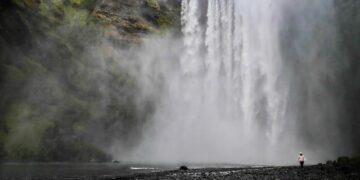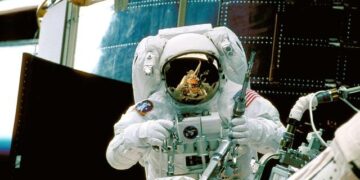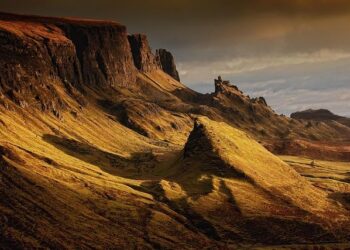Space
The first generation of stars changed the course of cosmic history. Now, thanks to the James Webb Space Telescope, we have a real chance of spotting them
By Stuart Clark

akinbostanci/Getty Images
As turning points in cosmic history go, the birth of the first stars is hard to beat. When they flickered into existence between 200 and 400 million years after the big bang, the energy pouring from them ripped apart the atoms of gas that had been cooling the universe, reheating them in a process called re-ionisation. Then, as they burned and died, they created a cocktail of chemical elements that primed the universe to generate galaxies, planets and, ultimately, life itself.
No wonder astronomers have been itching to glimpse this first stellar generation. They were spectacular, for starters. Huge and ferociously bright, they are thought to have been up to 300 times as massive as our sun and 10 times hotter. But observing them could also tell us a lot about the mysterious early phase of the universe, not least how it became potted with supermassive black holes in what seems like an impossibly short time.
Now, we might finally be on the cusp. Earlier this year, astronomers reported that the James Webb Space Telescope (JWST), by fixing its superior vision on the outer reaches of a very distant galaxy, may have already seen evidence of the first stars. “The observations we can do now are really pushing our knowledge,” says Hannah Übler at the University of Cambridge.
That signal may turn out to be a false alarm. But what’s exciting right now is that others are homing in on different signatures of the universe’s early light. There is even some suggestion that the first stars might…
>>> Read full article>>>
Copyright for syndicated content belongs to the linked Source : New Scientist – https://www.newscientist.com/article/mg26335021-300-why-we-might-finally-be-about-to-see-the-first-stars-in-the-universe/?utm_campaign=RSS%7CNSNS&utm_source=NSNS&utm_medium=RSS&utm_content=home






























